Datong Itinerary
Unveiling Datong's Historical Treasures on Your Itinerary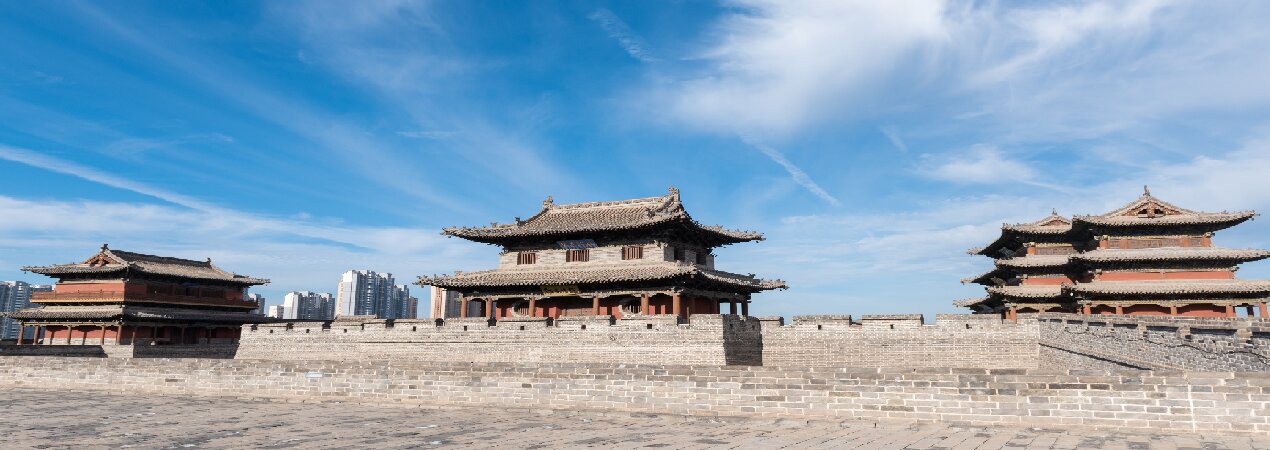
Datong, a municipality under the jurisdiction of Shanxi Province, is located at the center of the Datong Basin in the northern part of Shanxi Province, at the junction of the three provinces of Shanxi, Hebei and Inner Mongolia, and on the northeastern edge of the Loess Plateau. It was a battleground for all dynasties. Its alias is "Key to Northern China".
If you come to Datong for a trip, it is advisable to plan your itinerary for visiting Datong.
How to Spend 1 Day in Datong?
If you're short on time but still eager to experience the essence of Datong, this one - day itinerary is for you.
Morning: Start your day by visiting the world-famous Yungang Grottoes. One of the four major grottos in China, the Yungang Grottoes were carved during the Northern Wei Dynasty (about 1500 years ago). The 45 main caves house tens of thousands of Buddha statues-with the large seated Sakyamuni Buddha in Cave 5 being particularly famous. To be able to appreciate the tales and cultural values attached to these carvings, it is advisable to hire a guide or rent an audio-guide. In the scenic region, you may find rest areas and offerings of meals for a quick break.
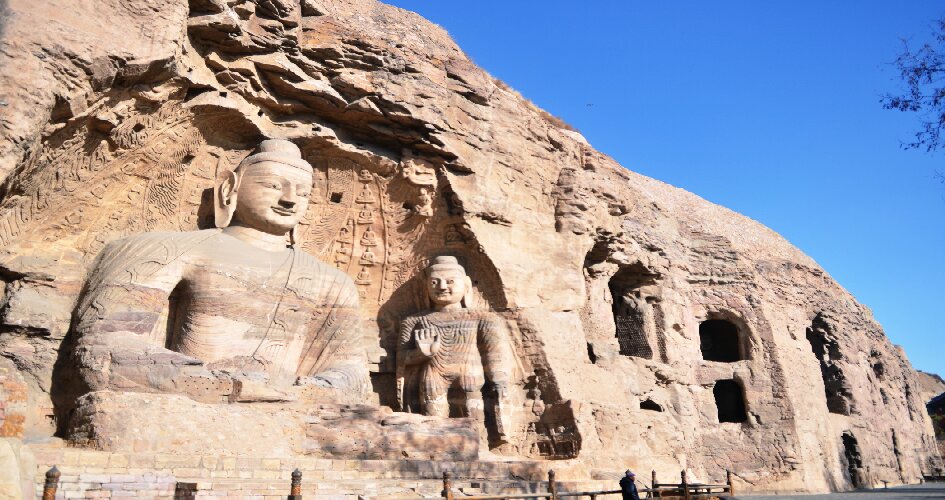 The Buddha Statue Sculptures in Yungang Grottoes
The Buddha Statue Sculptures in Yungang GrottoesAfternoon: Go to Huayan Temple in the city center. Built in the Liao Dynasty (1038 AD), it is a magnificent Han-style Buddhist temple constructed in commemoration of the "Huayan Sutra". The 76,000 square meter temple complex is divided into upper and lower sections. The upper part features the Three Saint Buddha statues, and the lower part has the magnificent Main Hall, in which precious cultural relics and exquisite murals are stored. The 2.3-meter-high "Smiling and Palm-joining Bodhisattva" is a must-see.
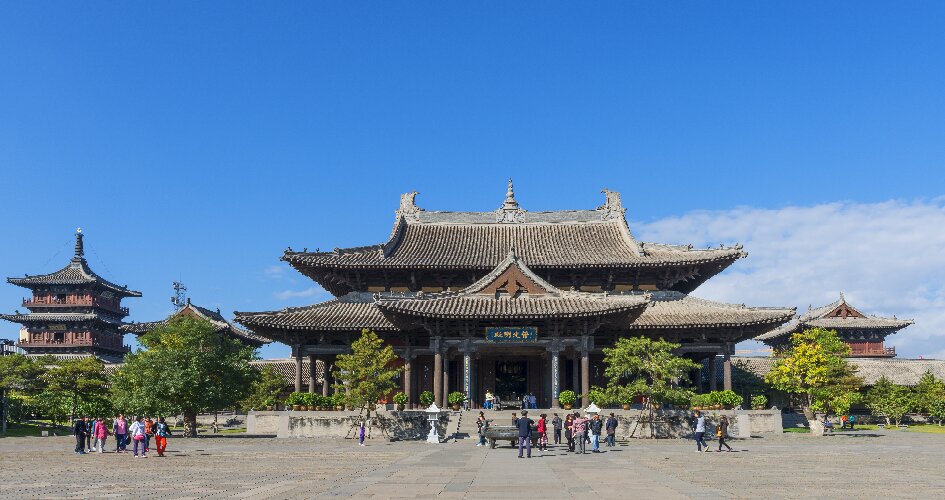 Huayan Temple
Huayan TempleEvening: Conclude your day on a delightful note by enjoying the local flavors. Datong cuisine belongs to the Shanxi cuisine family and is well known for bold and distinctive flavors. Taste some finger-licking local specialties like Dao Xiao Mian, known for its silky consistency and hearty meat broth, Hunyuan Liangfen, those tangy and refreshingly cold Hunyuan noodles-and Fried Yougao, crusty on the outside with a soft filling, at local eateries in the older town area, like Nanguan Snack Street and the more time-honored restaurants that stand in the ancient city.
Highlighted Attractions Included:
- Yungang Grottoes (云冈石窟): The imagery of Yungang Grottoes is magnificent and rich in content. It is the crown of Chinese stone carving art in the 5th century. It is known as the bank of ancient Chinese carving art.
- Huayan Temple (华严寺): Huayan Temple is the ancestral royal temple of the Liao Dynasty (an ethnic minority regime in northern China) and enjoys a high reputation. It was once destroyed in wars. However, it was rebuilt by the Liao Dynasty in 1140 CE. The temple complex contains well-preserved temple clusters constructed during the Liao and Jin dynasties. These ancient buildings, with their unique architectural styles and rich historical and cultural connotations, are of great value for studying the history and culture of that period.
- Dao Xiao Mian (刀削面): Dao Xiao Mian is a staple food in Datong. Its unique shape and rich flavor make it a must-try dish for every visitor. The noodles are skillfully cut into an ideal shape, and when combined with the flavorful broth and toppings, they create a taste experience that is both satisfying and memorable.
How to Spend 2 Days in Datong?
Morning: Begin your day at the Datong City Wall, which was built in the Ming Dynasty and is well-preserved. Standing on the wall, you can overlook the entire ancient city. After that, make your way to Yungang Grottoes. With more time today, you can take a more leisurely stroll through the grottoes, admiring the details of the carvings and the layout of the caves.
Afternoon: Visit the Datong Museum, which houses a collection of more than 170,000 cultural relics, among which there are over 3,000 precious cultural relics. The collections are renowned for highlighting the cultural characteristics of northern ethnic minorities, the culture of border-town strongholds, and religious cultures. They centrally demonstrate the integration genes of the Datong region. In particular, the fine cultural relics from the Northern Wei, Liao, and Jin dynasties enjoy a high reputation.
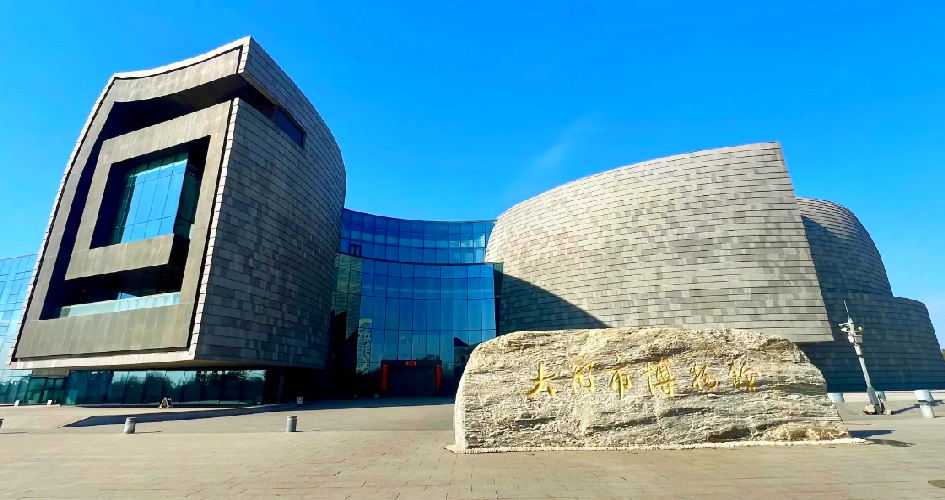 Datong Museum
Datong MuseumEvening: Have dinner at a local restaurant, trying local favorites like "Stewed Mutton" and "Huanggao" (a kind of cake). Then, take a walk in the city center, enjoying the local nightlife.
Morning: Proceed to Huayan Temple. It is also the ancestral royal temple of Liao Country (a northern state by ethnic minorities), and it enjoys a high reputation. It was destroyed in wars, but Liao Country restored it in 1140 CE. It is made up of well-preserved temple clusters built in the Liaojin period.
Afternoon: Walk around the ancient city area of Pingcheng District, where you can admire the well-preserved ancient buildings and feel the historical charm of the city. In Pingcheng District, there are many places of historical interest and scenic beauty, such as Upper and Lower Huayan Temples, Shanhua Temple and the Nine-Dragon Screen. These places echo with the Hanging Temple in Hunyuan County and Mount Heng, the Northern Great Mountain from afar, forming a unique, magnificent and simple scenic spot beyond the Great Wall.
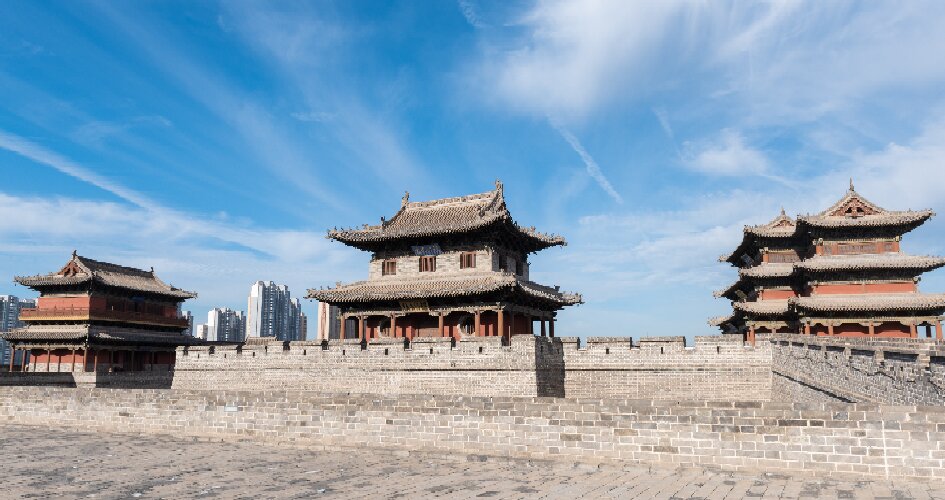 The Scenery of Pingcheng District
The Scenery of Pingcheng DistrictEvening: End your two-day trip by watching a local cultural performance if available, or simply relax in a tea house, reflecting on the historical and cultural journey you've had in Datong.
Highlighted Attractions Included:
- Datong City Wall (大同城墙): It was built in the Ming Dynasty and is well-preserved. Standing on the wall, you can overlook the entire ancient city.
- Datong Museum (大同博物馆): A place to explore the rich history and cultural heritage of Datong through a vast collection of artifacts.
- Pingcheng District (平城区): In Pingcheng District, there are many places of historical interest and scenic beauty, such as Upper and Lower Huayan Temples, Shanhua Temple and the Nine-Dragon Screen.
How to Spend 3 Days in Datong?
Morning: Begin your exploration at Huayan Temple. Be sure not to miss the opportunity to climb the Huayan Pagoda for a panoramic view of the old city. Then, pay a visit to the Chunyang Palace (Chunyang Gong), which is a well-preserved Taoist temple dating back to the late Jin and early Yuan dynasties. Subsequently, explore other historical buildings in the old city such as the Four-Archway (Sipailou), Temple of Guan Yu (Guandi Temple), Fahua Temple, Datong Confucian Temple, and Shanhua Ancient Temple.
Afternoon: Head to the Datong Museum to further explore the city's historical and cultural evolution.
Evening: Walk on the ancient city wall, entering from Qingyuan Gate (it's free and no reservation is needed). Enjoy the beautiful night view of the city, with the ancient buildings lit up.
Morning: Go to Yungang Grottoes. Spend enough time to visit the central caves, such as Cave 3 (the biggest cave), Caves 5 and 6 (with extremely fine carvings and colorful murals), Cave 12 (the "Music Cave"), and Cave 20 (with the fabled open-air Buddha)
Afternoon: If you're feeling adventurous, visit the Hanging Monastery (Xuankong Si) built on a cliff. Make sure to book the ticket in advance. If you're afraid of heights or it's raining, you can still appreciate its grandeur from a distance. On the way back, if time permits, stop by the Yong'an Temple, the Yuanjue Temple, and the Jingtu Temple.
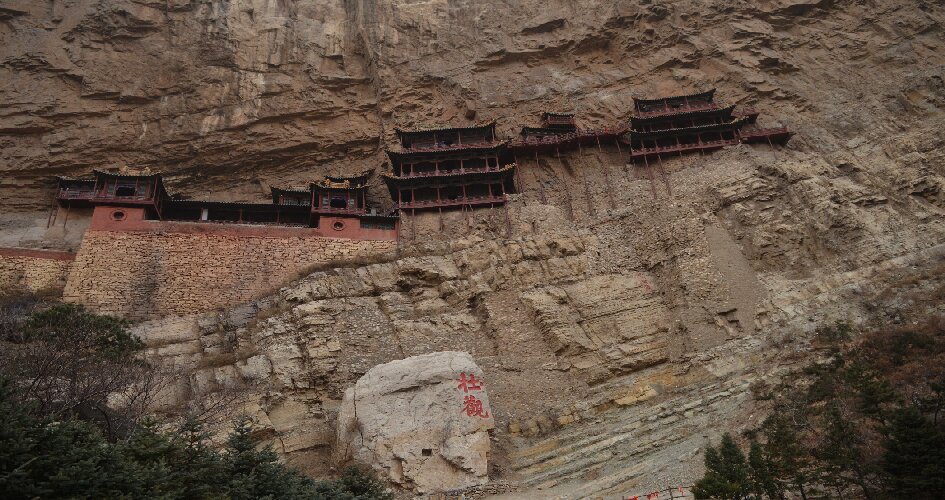 Hanging Monastery
Hanging MonasteryEvening: Return to the ancient city of Datong. Explore the Dongjie of the Drum Tower and the Southeast City area, which are great for taking pictures at night.
Morning: Take a trip to Yingxian Wooden Pagoda in Shuozhou City. This is the tallest and oldest existing wooden-structured pavilion-style building in the world, and it is one of the "Three Great Wonders of the World" along with the Leaning Tower of Pisa and the Eiffel Tower.
Afternoon: You can choose to go to North Yue Hengshan. You can ride a cable car to enjoy the scenery or hike to the top of the mountain. If there is still some time left for you, go see the Datong Volcano Group and observe this geological wonder.
Evening: Before leaving Datong, have one last meal of local cuisine, and perhaps buy some local souvenirs.
Highlighted Attractions Included:
- Chunyang Palace (纯阳宫): A Taoist temple with a unique layout and a solemn atmosphere, representing the traditional Taoist culture.
- Hanging Monastery (悬空寺): A remarkable architectural wonder built on a cliff, demonstrating the extraordinary wisdom and craftsmanship of the ancient Chinese.
- Yingxian Wooden Pagoda (应县木塔): A world - famous wooden pagoda that has withstood the test of time, showing the superb skills of ancient Chinese wood - construction.
- Datong Volcano Group (大同火山群): A geological wonder that provides insights into the earth's formation and volcanic activities.